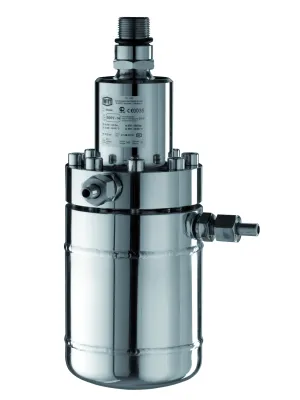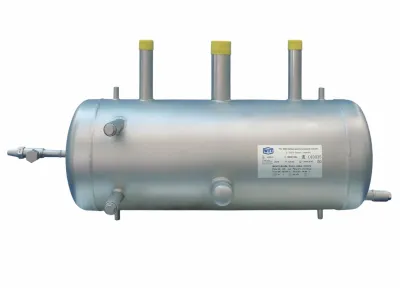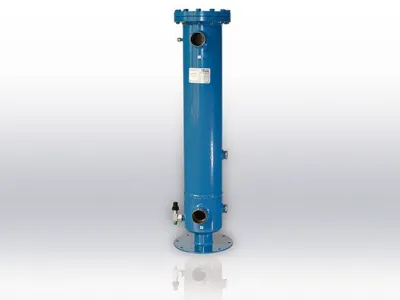Viscosity of refrigeration oil
Viscosity describes the flowability / toughness of liquids. It is the measure of the internal friction of a liquid. The viscosity is also a temperature-dependent variable.
The higher the viscosity, the thicker the liquid. The lower the viscosity, the thinner the liquid.
The particles of viscous liquids are stronger or weaker bound together and thus immobile or movable.
In the simple model the viscosity is shown as follows. Two parallel plates are filled with a liquid. The bottom plate is fixed and the top is moved constantly. To maintain the movement, a force is required. This force is proportional to the area A of the plates, the velocity v of the movement and the resistance of the liquid. In addition, the force is inversely proportional to the thickness s of the liquid layer.

The proportionality factor is the viscosity
Immediately on the plates, the liquid adheres and moves with the same speed. In the process, the layers lying further inward slide past each other at different speeds in the direction of the stationary plate. In the simplest case, the speed decreases linearly from the moving plate to the resting plate.
If the viscosity is independent of the speed, it is a Newtonian fluid with a linear velocity profile.
There are two types of viscosity: kinematic and dynamic. However, they are directly related.
dynamic viscosity:
η = p • ν (and = rho • nu) in N • s / m 2
The dynamic viscosity of liquids depends on the flow state, temperature and pressure.
kinematic viscosity:
n = n / p (n = est / rho) in m 2 / s
The kinematic viscosity describes the ratio of the dynamic viscosity [η] and the density [ρ] of the liquid.







